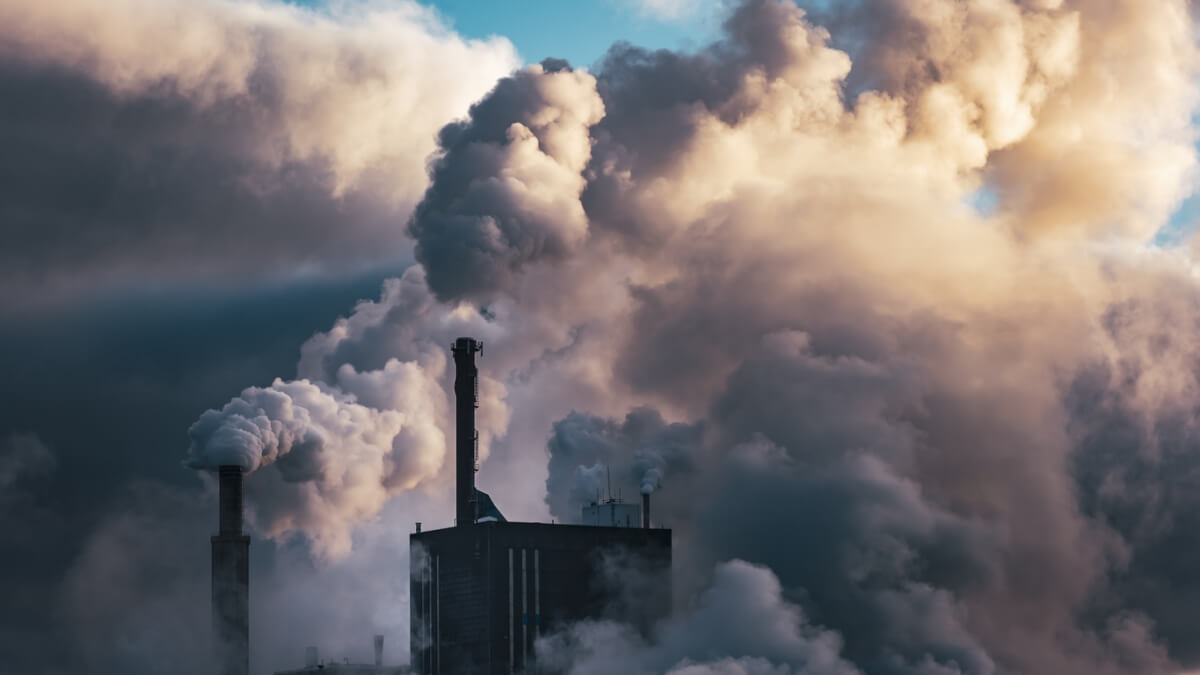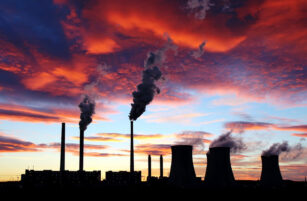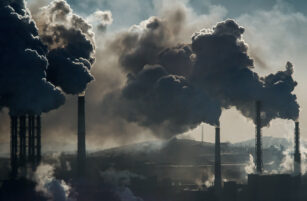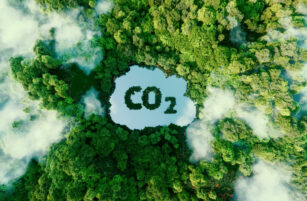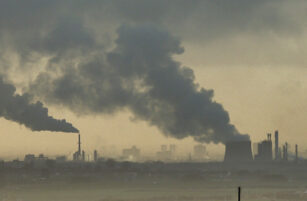Insight Focus
- Funds betting on drop in demand amid 25% fall in fossil power.
- EU selling more permits in 2024 to aid recovery.
- Market expands to cover shipping in 2024.
European carbon prices ended 2023 at just over €80/tonne, after a two-month decline had seen the market slump from €86 to as low as €66 by mid-December before a rush of year-end buying.
The final settlement price of the year €80.37 on the ICE Endex futures exchange, representing a 4.34% decline from the end of 2022.
The decline in EUA values was triggered by strategic selling by investment funds, who began to position themselves for lower prices as early as August by amassing short positions in EUAs.
Funds’ net short reached a peak of 42 million tonnes in early December, before the expiry of the December 2023 futures contract and the annual pause in EUA auctions triggered some short covering, that pushed the market from €66 to €81 in just two weeks.
The funds’ bearish outlook is not without foundation. Europe’s power generation from coal fell by around 25% in 2023, while natural gas-fired generation was down more than 17% from a year earlier. At the same time, renewable sources increased by almost 10%, according to grid data analysed by the Fraunhofer Institute.
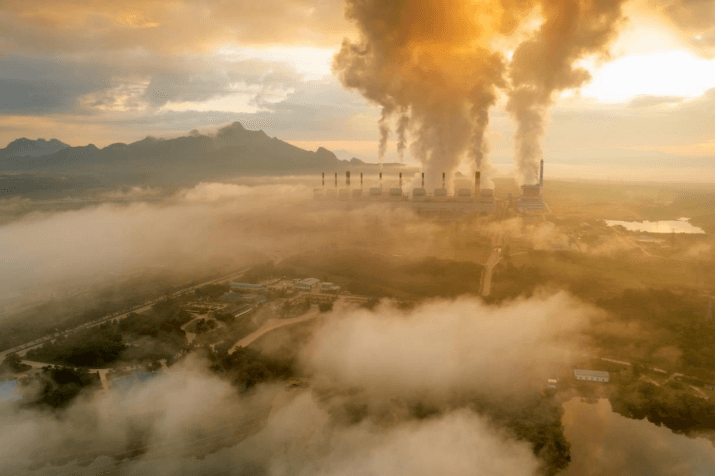
Source: iStock
Power generation from coal over the whole year was the lowest since at least 2018, while gas-fired power fell to the least since 2019. Meanwhile, solar, wind and other renewable sources set a new record in 2023.
Since power generation accounts for around half of the total emissions covered under the EU Emissions Trading System, this drop in coal and gas use represents a significant share of total demand for allowances.
At the same time, emission from industrial plants across the union are expected to have fallen by around 7% in 2023, further damping the demand for EUAs.
In addition to the decline in demand, supply of EUAs is also set to remain high, as the EU continues to inject additional permits into the market to fund its Recovery and Resilience Facility, a public investment programme designed to help the EU recover from the energy crisis triggered by Russia’s invasion of Ukraine.
A total of €20 billion worth of EUAs – estimated at around 250-275 million allowances – are being sold by the European Commission over the 20243-2025 period to raise funds for the RFF.
Balancing the increase in supply will be new demand from maritime shipping, which is covered by the EU ETS from January 1, 2024.
Ships calling at European ports will be required to purchase and surrender EUAs representing 40% of their total emissions this year, rising to 70% in 2025 and 100% in 2026. The Commission estimated that in 2021 shipping emissions in the bloc totalled more than 120 million tonnes.
Furthermore, a number of adjustments to the EU ETS are also starting this year which are expected to increase demand for EUAs and boost prices in the longer term.
The annual linear reduction factor, the rate at which the overall limit on emissions decreases each year, increases from 2.2% to 4.3% in 2024.
In addition, the Commission will carry out the first of two “rebasings” of the cap by cutting 90 million EUAs from the total in 2024. A second cut of 27 million EUAs will take place in 2026.
Finally, the aviation sector will see its allocation of free EUAs begin to be phased out from 2024. By 2026 there will be no free EUAs handed out to airlines, adding further to market demand.
